Last Updated on April 18, 2022
It may seem like all tires, especially new ones, are perfectly symmetrical with with no faults and should lead to an ultra comfortable ride.
The truth is that no tire is perfect and when rolling at driving speeds, even tiny imperfections can feel like major defects. This is why having your tires balanced is so important.
Tires are balanced when the weight is evenly distributed all around the tire. It’s important to have well-balanced tires when driving for the best performance, tire life, and safety.
Related: Best Tire Brands (Updated Rankings)
Why Balance Tires?

New tires can have imperfections from the manufacturer, and driving also causes wear on them. Balancing needs to happen each time new tires are installed and regularly thereafter during tire rotations for proper maintenance.
Installing new tires, swapping summer/winter tires, or rotating tires are great times to have the tires balanced.
Check the owner’s manual for your vehicle to see how often these should be done, though usually not more than two years should pass between tire balancing. Vehicles which drive regularly on rougher roads should have the tires balanced more often.
Tire shops, dealerships, and many auto repair shops have a balancing machine to show how the tires are unbalanced. They can then add small weights to the rims so that the tires are perfectly balanced.
5 Symptoms of Tires Out of Balance
It’s often obvious when your tires are unbalanced, as you may notice one or more of these abnormalities as you drive your vehicle. As soon as you notice any of the following symptoms, get your wheels and tires checked out right away and balanced if needed.
#1 – Vibrations

One of the earliest warning signs of unbalanced tires is feeling vibrations in the steering wheel. Half an ounce of difference in weight on the tire is enough to cause a noticeable vibration.
When the imbalance worsens as the tires wear, the vibration will increase and affect the entire cabin of your vehicle, including the floorboards and front and rear seats.
Other problems can also cause vibrations, such as a damaged tire or problems in the wheel assembly. It’s important to get the problem diagnosed quickly to avoid a dangerous situation.
#2 – Steering Problems
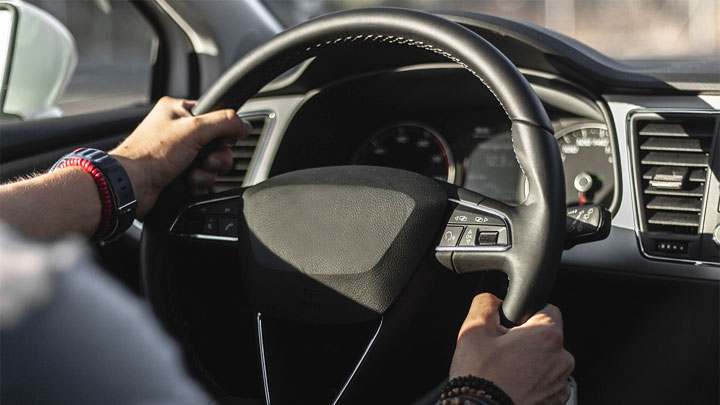
Unbalanced tires will create an uncomfortable driving experience by making steering more difficult and delaying the response time of the steering wheel. More importantly, you will not be able to steer smoothly in a given direction.
Since the vehicle will no longer be able to steer smoothly, accidents that are otherwise avoidable may occur.
#3 – Uneven Tire Wear

It’s important to regularly inspect the tire treads, as they can tell you a lot about how well your tires are balanced. Uneven tire wear can be caused by unbalanced tires or by other issues with the steering or wheels.
The vehicle is at increased risk of having a flat tire if tires are allowed to wear abnormally outside or inside. The tire can thin to the point of spontaneous rupture, which can be a dangerous situation if it happens while driving. It can even lead to tire cupping.
In a pinch, rotating the tires can be a temporary solution until you have the money to replace the ones that are too worn out. New tires that are installed should immediately be balanced.
#4 – Bad Fuel Economy
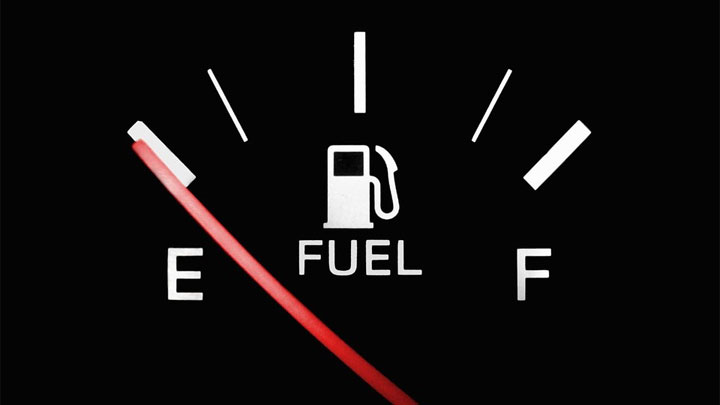
Unbalanced tires put more stress on the engine of your vehicle, since the resistance created by the imbalance forces the engine to work harder just to keep the vehicle in motion. As a result, the engine requires more fuel to sustain its operation under these conditions.
When you start using fuel faster than usual, check your tires. Under-inflated tires can also cause the vehicle to consume more fuel than usual, but if the tire pressures are normal the tires may be unbalanced. Don’t always depend on your TPMS to give a notice and instead use a tire pressure gauge at regular intervals.
It’s very smart to keep track of your vehicle’s fuel economy. While some newer cars have a fuel economy indicator, these can be inaccurate. Note the mileage of the vehicle (or set one of the trip meters to zero) when you fill it up with fuel, then note the number of gallons put into the vehicle.
At the next fill-up, do some simple math to see how many miles you got per gallon during that tank.
Related: Average Fuel Economy of Duramax Diesel Engine Trucks
#5 – Bad Shocks and Bearings
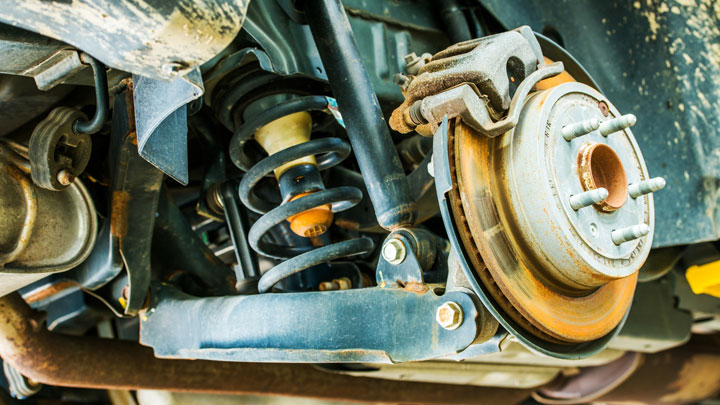
The shocks, springs, bearings, and other components of the wheel assembly are under a lot of stress when the tires are not balanced so they will experience more wear-and-tear than normal.
If the unbalanced tires aren’t fixed in a timely manner, you will be replacing more than just the tires.

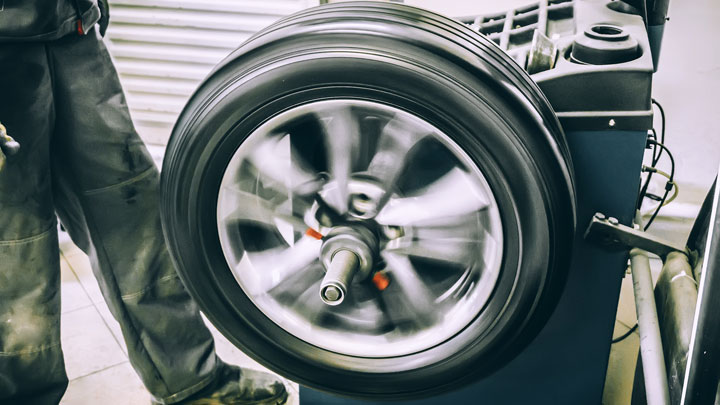

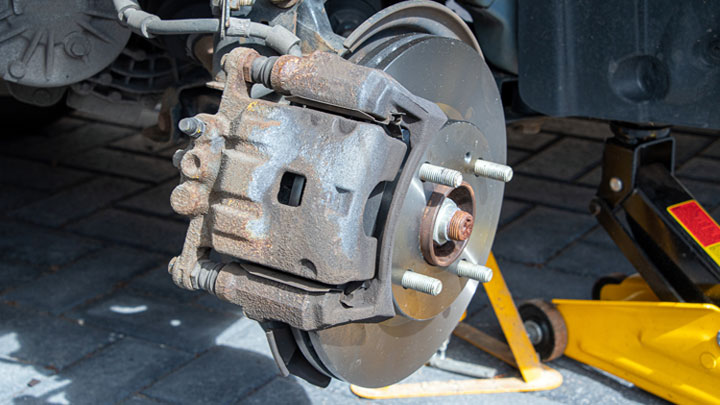

Respected sir madam Hyundai accent 2121 model suddenly loose balance plz advise reasons very much afraid too much loss of funds plz advise steps to indentify the reasons thx..
Hard to say what the cause is, but perhaps you hit a pothole that bent a wheel. It’s possible you simply knocked a wheel weight off. Getting the tires rebalanced shouldn’t be too expensive if that is the issue.
Still same issue car lost balance very much afraid..
You should take your car to a mechanic to have a professional look at it.
When I go over bumps. My back kicks to the right anyone knows y
Sounds like it might be a rear suspension issue. You should also check your axle nuts (if the vehicle is rear wheel drive or all wheel drive) and check the hubs as well.